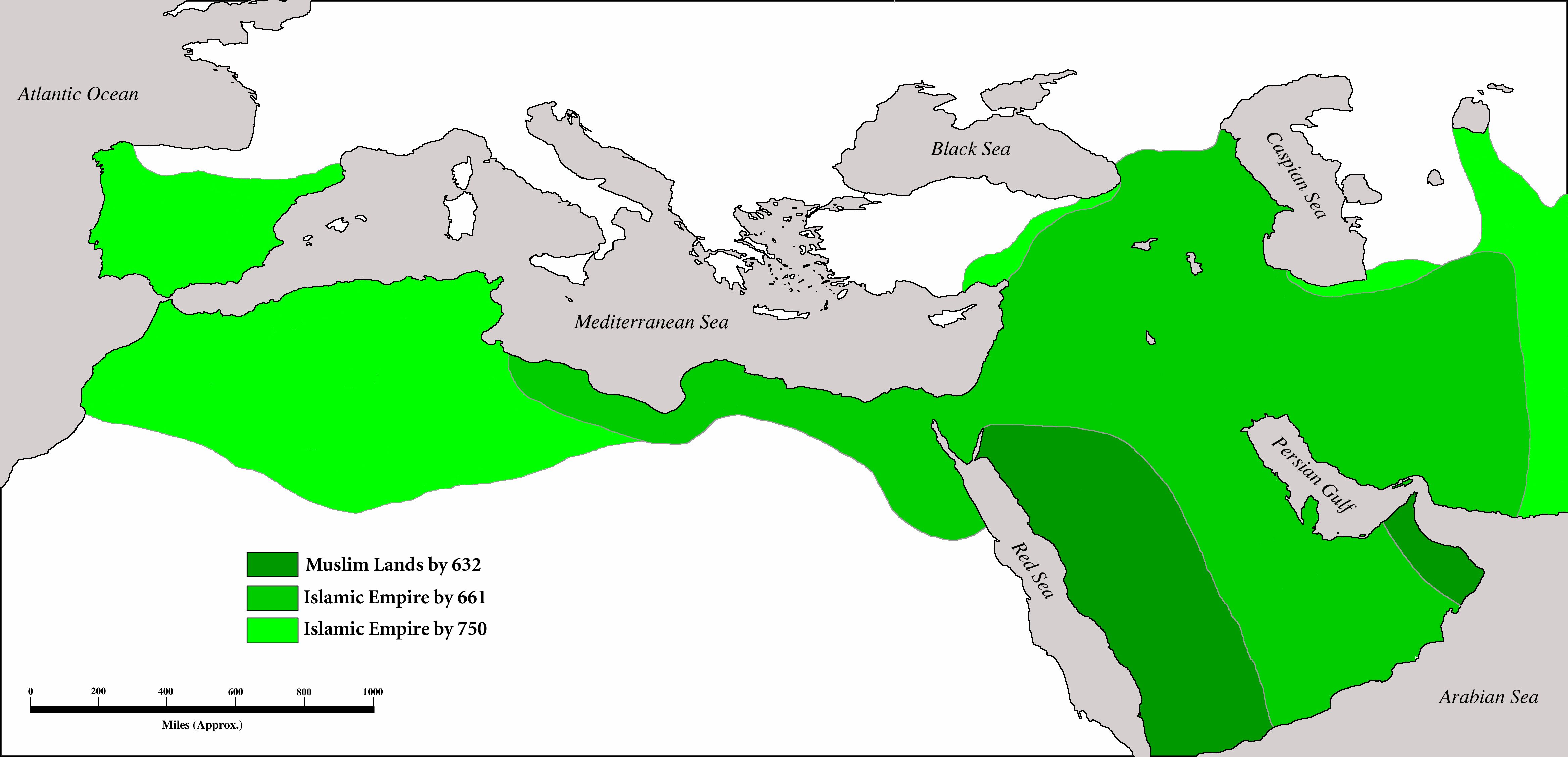Here are some facts I learned from my classmates presentations on Islam.
1.) Geography and Climate of the Arabian Peninsula
The climate of the Arabian peninsula is both arid and semi- arid. It is made up of 7 countries politically, and 9 geographically. The Arabian peninsula has no major river or lakes, but is surrounded by the Red Sea, The Gulf of Aden, and The Persian Gulf.
2.) Islamic Extremism
Jihad is the term for practicing religion when it is persecuted and oppressed. Terrorists use Religious Manipulation to make innocent people do their bidding with promises of a good afterlife. Al Qaeda is an extremely dangerous terrorist organization that started in Pakistan and targets other religions.
3.) Islamic Women
Islamic Women are considered inferior have a lot less rights than men. Their husbands and fathers are allowed to beat and kill women. The Prophet Muhammad was considered to be a feminist and believed that women should have the right to divorce.
4.) Spread of Islam
Islam was spread by military conquests, trade and cultural diffusion, and achievements. It is traditional for Muslims to pray 5 times a day and fast during Ramadan. Also, the 5 pillars of Islam say that you must declare you faith, pray 5 times a day, help charity, fast during Ramadan, and take a Hajj to Mecca.
5.) Military
The Nomadic tribes of the Arabian Peninsula were very violent and fought other tribes and caravans for food or the possession of oasises. Some weapons they fought with were daggers, axes, scimitars, arrows, muskets, gunpowder, clay hand grenades, and metal shields.
6.) Prophet Muhammad
The Prophet Muhammad was born in 570 ce and raised by his uncle. When he was about 40 he saw the angel Gabrial who told him he was the messenger of God. Prophet Muhammad helped write the Quran and started the religion of Islam. He died on June 8m 632 when he was 63 in the city of
Medina.
7.) Islamic Religion
The Quran is the Muslim holy book, which was written by the prophet Muhammad in 570- 632. Ramadan is the ninth month of the Muslim year (the dates change every year) and celebrates when the Quran was forst written when the Prophet Muhammad met the Angel Gabriel, and when Mecca became an Islamic city. This holiday is celebrated by fasting during the day and showing thanks for what you have and giving to the less fortunate.
8.) Islamic Architecture
The Muslim hoses were designed to be rectangular, close together, and have high windows. For wealthy people, they would build separate windows for men and women. Many mosques, palaces, and shrines were decorated with elaborate mosaics. The Kaaba in mecca is the most sacred shrine in the Islamic Religion and is decorated with mosaics.
1.) Geography and Climate of the Arabian Peninsula
The climate of the Arabian peninsula is both arid and semi- arid. It is made up of 7 countries politically, and 9 geographically. The Arabian peninsula has no major river or lakes, but is surrounded by the Red Sea, The Gulf of Aden, and The Persian Gulf.
2.) Islamic Extremism
Jihad is the term for practicing religion when it is persecuted and oppressed. Terrorists use Religious Manipulation to make innocent people do their bidding with promises of a good afterlife. Al Qaeda is an extremely dangerous terrorist organization that started in Pakistan and targets other religions.
3.) Islamic Women
Islamic Women are considered inferior have a lot less rights than men. Their husbands and fathers are allowed to beat and kill women. The Prophet Muhammad was considered to be a feminist and believed that women should have the right to divorce.
4.) Spread of Islam
Islam was spread by military conquests, trade and cultural diffusion, and achievements. It is traditional for Muslims to pray 5 times a day and fast during Ramadan. Also, the 5 pillars of Islam say that you must declare you faith, pray 5 times a day, help charity, fast during Ramadan, and take a Hajj to Mecca.
5.) Military
The Nomadic tribes of the Arabian Peninsula were very violent and fought other tribes and caravans for food or the possession of oasises. Some weapons they fought with were daggers, axes, scimitars, arrows, muskets, gunpowder, clay hand grenades, and metal shields.
6.) Prophet Muhammad
The Prophet Muhammad was born in 570 ce and raised by his uncle. When he was about 40 he saw the angel Gabrial who told him he was the messenger of God. Prophet Muhammad helped write the Quran and started the religion of Islam. He died on June 8m 632 when he was 63 in the city of
Medina.
7.) Islamic Religion
The Quran is the Muslim holy book, which was written by the prophet Muhammad in 570- 632. Ramadan is the ninth month of the Muslim year (the dates change every year) and celebrates when the Quran was forst written when the Prophet Muhammad met the Angel Gabriel, and when Mecca became an Islamic city. This holiday is celebrated by fasting during the day and showing thanks for what you have and giving to the less fortunate.
8.) Islamic Architecture
The Muslim hoses were designed to be rectangular, close together, and have high windows. For wealthy people, they would build separate windows for men and women. Many mosques, palaces, and shrines were decorated with elaborate mosaics. The Kaaba in mecca is the most sacred shrine in the Islamic Religion and is decorated with mosaics.







